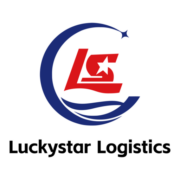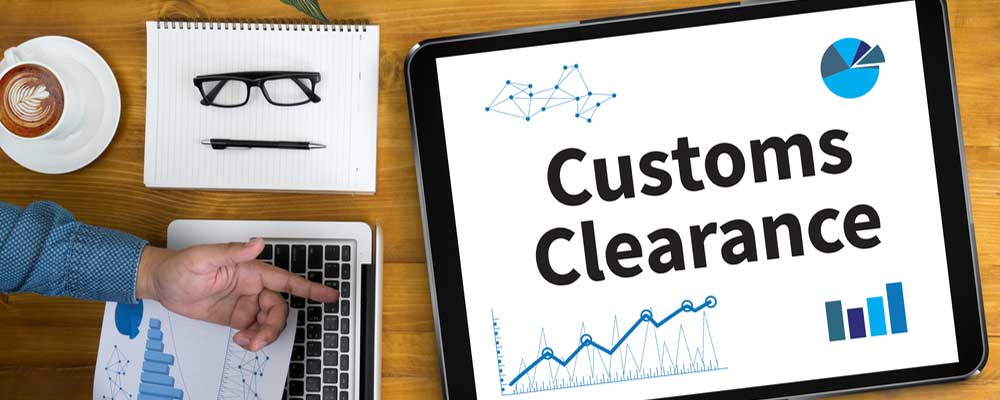
The custom clearance process is one of the most complex and time-consuming parts of international trade legal procedures, because it invovles moving goods out of or into a country with different laws and regulations, and sometimes you don’t even speak the official language of that country. That’s where customs clearance services come in. Without them, your shipments could face costly delays or even be denied entry.
Understanding how they work in international shipping is crucial for any business that seeks to import or export. This guide from Luckystar Logistics will lead you through the fundamentals of customs clearance and why it’s a non-negotiable part of your global supply chain.
Table of Contents
- The Fundamentals of Customs Clearance
- The Custom Clearance Requirements
- The Customs Clearance Process for Import & Export
- Why You Need Professional Customs Clearance Services
- Choosing the Right Customs Clearance Services Provider
- Common Challenges in Customs Clearance
- Choose Luckystar for Smooth Customs Clearance
- Frequently Asked Questions
The Fundamentals of Customs Clearance
Customs clearance services manage the legal and regulatory process for importing or exporting goods. They ensure your shipments comply with national laws and facilitate their release from customs authorities.
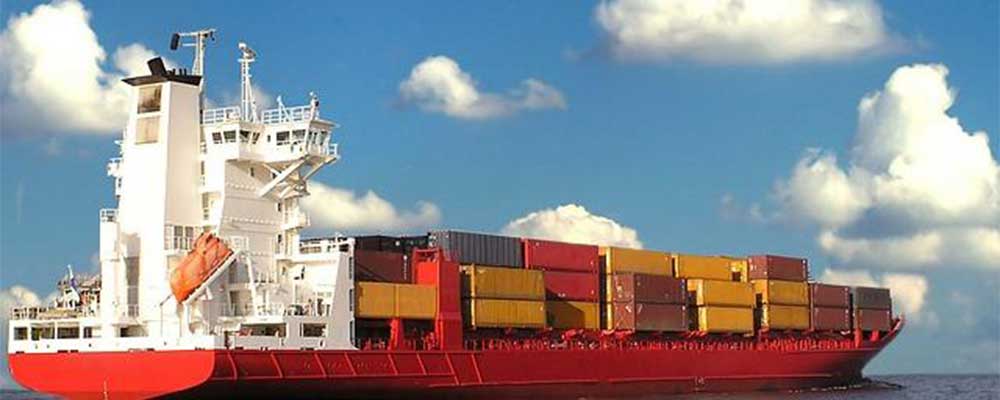
The Role of a Customs Broker
A customs broker acts as your official representative to customs agencies, and handles the complex paperwork and procedures required for international shipments. They can be individual professionals or even freight forwarders with adequate experience.
Their key responsibilities include:
- Preparing all necessary customs documents, such as the customs entry.
- Calculating and ensuring payment of accurate duties, taxes, and fees.
- Classifying your goods using the correct tariff codes, like the Harmonized System (HS) code.
- Communicating directly with customs officials on your behalf to resolve any issues.
- Advising you on regulatory requirements, trade agreements, and potential compliance risks.
You authorize the broker to act for you, making their expertise critical for avoiding delays, fines, or seizure of goods.
Key Terms and Definitions
Understanding common customs terminology helps you navigate the clearance process more effectively.
|
Term |
Definition |
|---|---|
|
Customs Entry |
The official documents submitted to customs authorities to gain permission for importing goods. |
|
Harmonized System (HS) Code |
An internationally standardized system of names and numbers for classifying traded products. |
|
Duty |
A tax levied on imported goods, calculated as a percentage of the product’s value. |
|
Import Declaration |
A formal statement providing details about imported goods to the customs authority. |
|
Bill of Lading |
A legal document issued by a carrier to a shipper that details the type, quantity, and destination of the goods being carried. |
|
Cargo Release |
The official authorization from customs allowing imported goods to enter the country. |
|
CBP |
United States Customs and Border Protection |
|
De Minimis |
A value threshold below which imported goods are exempt from customs duties and/or taxes |
The Custom Clearance Requirements
It takes a sequence of many legal steps for your goods to cross a border. The process involves documentation, assessment, and payment before authorities grant a final release.
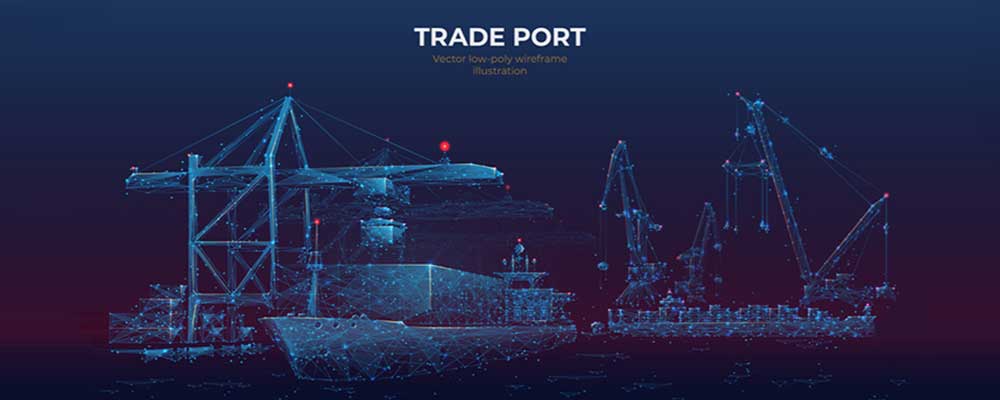
Documentation and Paperwork
You need to prepare a specific set of documents for every shipment. These papers provide customs authorities with the complete legal and commercial details of your goods.
Essential documents include:
- Commercial Invoice: States the value, description, and quantity of the goods.
- Packing List: Details the contents, weight, and dimensions of each package.
- Bill of Lading (B/L) or Air Waybill (AWB): Serves as the contract and receipt for the shipped goods.
- Certificate of Origin: Certifies the country of manufacture, which determines applicable tariff rates.
- Import/Export Licenses: Required for regulated items like chemicals, pharmaceuticals, or controlled substances.
- Customs Declaration Form: The official form providing all shipment specifics for customs assessment.
Remember to collaborate with your freight forwarders and brokers to ensure all documents are accurate to prevent delays. Errors in paperwork trigger inspections and hold up your cargo.
Duties, Taxes, and Tariffs
There are various government charges calculated during the customs assessment. The final amount depends on your goods’ classification, declared value, and country of origin.
|
Charge Type |
Description |
Determining Factor |
|---|---|---|
|
Customs Duty |
A tax levied on imported goods. |
Harmonized Tariff Schedule (HTS) code. |
|
Value-Added Tax (VAT) / Sales Tax |
A consumption tax applied to the goods’ value. |
Importing country’s tax regulations. |
|
Excise Duty |
A tax on specific goods like alcohol or tobacco. |
Type of product being imported. |
|
Merchandise Processing Fee (MPF) |
A fee for processing the customs entry. |
Fixed rate per formal entry, e.g., in the US. |
These fees have to be paid promptly; non-payment results in immediate clearance delays. Trade agreements between countries can reduce or eliminate certain duties.
The Customs Clearance Process for Import & Export
Pre-Arrival Preparation
This initial phase involves gathering all necessary documents, including the commercial invoice, packing list, bill of lading or airway bill, certificate of origin, any required import/export licenses, and the customs declaration form. Concurrently, the correct Harmonized System (HS) code must be determined to accurately classify the goods, which is essential for calculating the applicable duties and taxes before the goods arrive at the border.
Arrival at Customs
Once the shipment arrives, the customs declaration and all supporting documents are submitted to the customs authority for a preliminary review. Officials check the submission for completeness and accuracy to ensure all requirements are met before proceeding.
Customs Inspection (If Required)
Customs may select a shipment for a physical inspection, either randomly or based on specific criteria, to verify the contents against the declaration and check for prohibited or restricted items. This process may involve non-intrusive methods like X-ray scanning or a physical examination of the goods.
Duty and Tax Payment
Following the documentation review and any necessary inspection, customs formally assesses the final amount of duties, taxes, and fees owed. The importer or their broker must pay this assessed amount to customs before the goods can be released.
Release of Goods
After all requirements are satisfied and payment is confirmed, customs issues an official release order. This approval allows the goods to be transported from the port or warehouse to the importer’s final destination.
Post-Clearance Compliance
The process continues after the goods are released, as importers are required to maintain all customs records for a specified period, typically 3-5 years, in case of a post-clearance audit. Customs authorities may conduct these audits later to verify ongoing compliance with all regulations.
Why You Need Professional Customs Clearance Services
On paper, the whole process of customs clearance may not seem to be extremely complicated, and you, as an importer or exporter, probably have thought of walking through it yourself. Now we will try to convince you that it would be a wise decision to let service providers like Luckystar help you navigate complex border procedures.
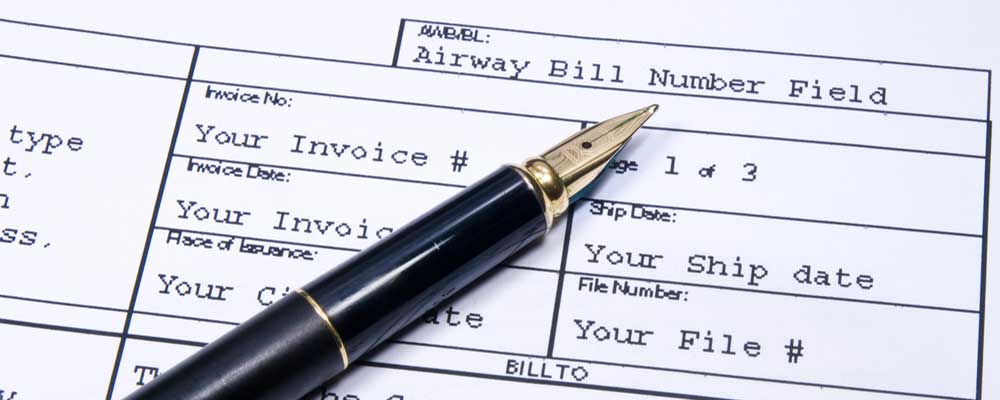
Avoiding Costly Delays and Penalties
Customs clearance involves numerous detailed regulations and documentation requirements. Simple declaration steps and legal procedures can quickly add up to a surprising amount, resulting in a large pile of documents waiting to be filled out. For individuals who still need to attend to other matters in their business, errors or omissions are almost inevitable, and what follows are shipment delays, storage fees, fines, or even confiscation of goods.
Professional agents possess up-to-date expertise that mitigates these risks, ensuring timely clearance and an uninterrupted supply chain. They manage crucial paperwork, such as bills of lading and commercial invoices, with precision, which directly improves clearance speed. Even for seasoned industry veterans who are able to mange customs clearance on their own, professional agents can still offer a major boost to their productivity.
Ensuring Compliance with Different Authorities
As mentioned above, individuals are prone to make mistakes during the clearance process. Now, imagine handling the same overall precedures, but in languages you don’t speak, in formats that are vastly different, and under regulations with different standards. These are proved to be too much for a single person.
Customs regulations vary by country and change frequently. Experienced providers monitor these changes to ensure every shipment complies with local laws. This vigilance minimizes your legal exposure and protects against penalties. They accurately classify goods using the correct Harmonized System (HS) codes, a critical step for determining applicable duties. Their knowledge also helps identify potential exemptions or preferential treatments under trade agreements, optimizing your cost management while maintaining full legal compliance.
Choosing the Right Customs Clearance Services Provider
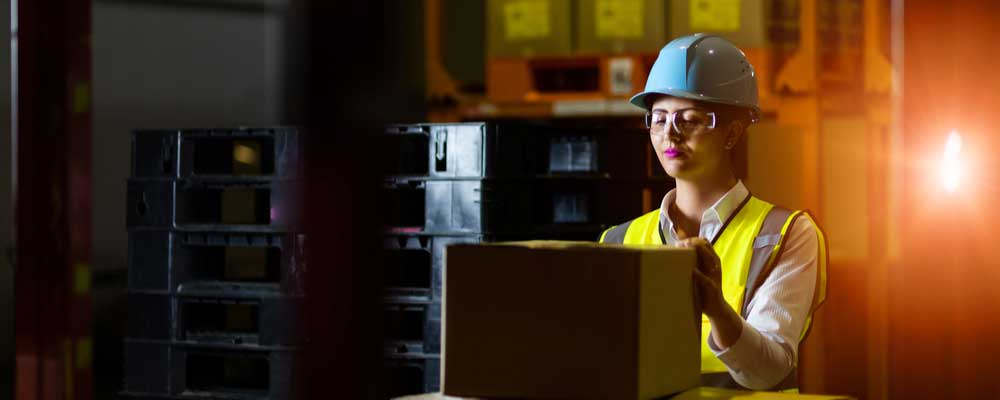
Selecting a service provider to manage your international shipments is also a vital choice, as it directly impacts your supply chain efficiency and compliance. You should prioritize several key qualities in a customs agent. These attributes determine the service quality and reliability.
- Evaluate experience and expertise. Choose an agent with specific knowledge of your industry and product types, such as perishable goods or sensitive electronics.
- Confirm technology use. The agent employs modern software for cargo tracking, Electronic Data Interchange (EDI), and real-time shipment visibility.
- Review references and track record. Positive customer reviews and a proven history in the industry indicate reliability.
- Verify comprehensive services. The provider offers a full range of services, including import/export handling, transport logistics, duty drawback assistance, and compliance guidance.
- Prioritize communication and customer service. The agent maintains clear, responsive communication and provides dedicated account management.
Common Challenges in Customs Clearance
Navigating customs clearance presents specific operational hurdles that impact your supply chain’s speed and cost. It is highly recommended to cooperate with your customs agent for faster and more effective solutions.
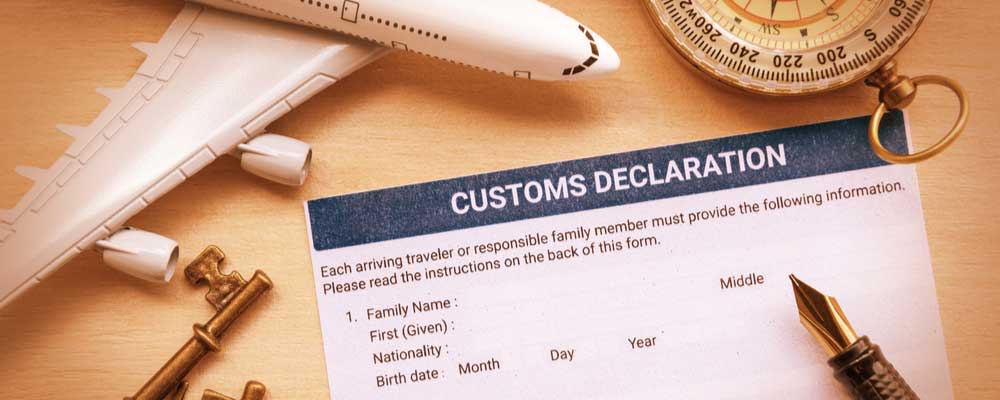
Documentation Errors
Incorrect or incomplete paperwork causes immediate shipment delays. Errors frequently occur in commercial invoices, packing lists, and certificates of origin.
- Validate all documents before submission.
- Implement automated document management systems.
- Utilize professional agents for document preparation.
Incorrect Tariff Classification
Misclassifying goods with the wrong HS code leads to incorrect payments and potential fines.
- Secure a binding ruling from customs authorities for complex items.
- Invest in specialized software for accurate HS code determination.
- Rely on your customs agent’s classification expertise.
Unexpected Duties and Taxes
Unanticipated charges arise from rate changes or misclassified goods, disrupting your budget.
- Research applicable Free Trade Agreements (FTAs) for potential duty reductions.
- Request detailed cost estimates from your agent before shipping.
- Monitor international trade news for tariff updates.
Compliance with Varying Regulations
Customs rules differ by country and change frequently, creating a complex compliance landscape.
- Schedule regular training sessions for your logistics team.
- Subscribe to regulatory update services from your agent.
- Centralize compliance knowledge within a dedicated system.
Delays from Inspections and Poor Coordination
Physical inspections and communication breakdowns with officials halt clearance progress.
- Maintain transparent and prompt communication with customs authorities.
- Ensure all contact information on documents is current and accurate.
- Designate a single point of contact for all customs inquiries.
Manual and Time-Consuming Processes
Handling documents manually increases error rates and extends clearance times, raising costs.
- Adopt digital platforms for document submission and tracking.
- Automate data entry and validation checks where possible.
- Partner with service providers who use advanced technology.
Choose Luckystar for Smooth Customs Clearance

In the ever-changing scene of global trade, Luckystar Logistics offers comprehensive end-to-end services.
With over 20 years of combined experience in logistics, our dedicated team is equipped to handle all your international transportation needs, including customs clearance. From our wide range of clients, including small businesses, multinational corporations, and manufacturing, retail, and e-commerce businesses, we have cultivated a complete system and gained rich experience in the intricacy of custom clearance in different industries.
Choose us for your business success and send us a quote today!
Frequently Asked Questions
What is the difference between a customs broker and a freight forwarder?
While their roles often overlap, the key difference is their primary focus. A freight forwarder specializes in the physical movement and transportation of goods, arranging cargo space with carriers and managing logistics. A customs broker is a licensed specialist focused exclusively on the regulatory and compliance aspect of getting goods through customs. Many companies, like Luckystar Logistics, offer both services in an integrated model.
What are the advantages of using a freight forwarder that offers integrated customs brokerage?
How long does it take to complete customs clearance?
Predicting how long the customs clearance process will take is challenging due to the wide variety of systems and procedures used around the world. Typically, import customs clearance can begin while the goods are still in transit and before they arrive in the destination country, provided that all necessary documents are available. Many countries offer online systems for submitting customs declarations, allowing authorities to release goods within as little as 24 hours.
However, if customs officials have questions, request additional documents, or require an inspection of the goods, the process may take several days or even weeks. To avoid storage fees at the port or airport of arrival, it is crucial that both the seller and buyer work together to provide all required documentation promptly.
Can a customs broker help me save money on duties and taxes?
Absolutely. A knowledgeable brokerage services provider is a key partner in duty optimization. They can advise on strategies such as utilizing Free Trade Agreements (FTAs), ensuring the correct valuation method is used, and identifying potential duty drawback programs where you can get a refund on duties paid on imported goods that are later exported.
